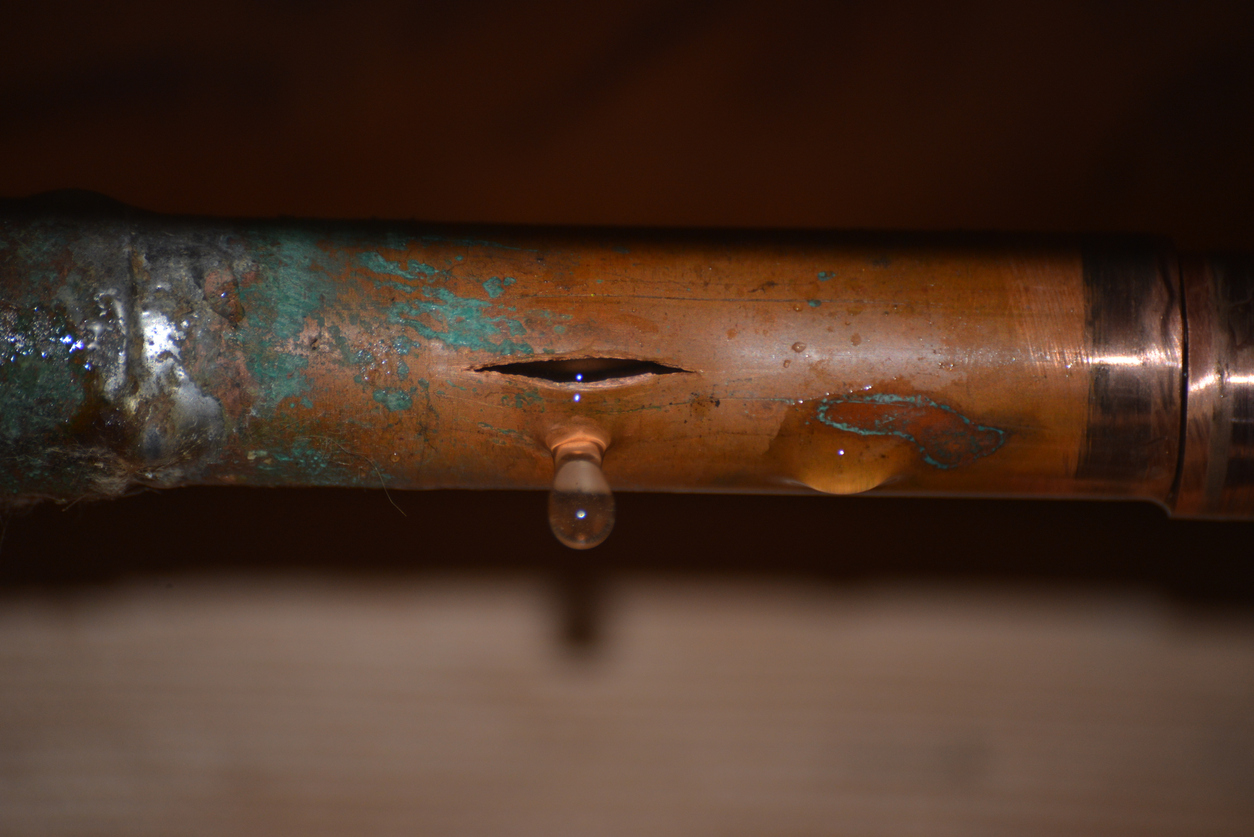There are two types of crop insurance policies. Multi-peril policies are similar to what most people purchase for their home or business and they insure against perils such as wind, hail, and fire. There are also hail specific policies which many farmers purchase since hail is so prevalent and doesn’t fall in a straight line, damaging some of the crop and leaving other areas unaffected.
In a recent case out of the 8th circuit,1 Bruhn Farms had a crop-hail insurance policy that provided coverage for direct loss due to hail. During the policy period, Bruhn experienced a hail loss and filed a claim with its insurer. Over a month went by and Bruhn did not hear from an adjuster. Bruhn requested permission from the insurer to harvest the crops and leave check strips for the adjuster. The insurance company eventually sent a team of adjusters, but during the two days they were on property there was inclement weather so the adjusters spent time in the barn and in the cars, not inspecting the property. Bruhn’s expert testified that the adjusters did not spend enough time on the property investigating the loss.
The adjusters determined that over 4,100 acres of soybeans were damaged by hail. Using adjustment procedures from the National Crop Insurance Services (NCIS) manual, they found losses ranging from 2.3% to 71.4%. Bruhn did not agree with the adjusters’ calculations and refused to sign the provided proof of loss. Regardless, the insurance company issued payment to Bruhn based upon their calculations. Bruhn then contacted his agent to ask about disputing the amount. The insurance company said the adjuster would need to review past data on yields. Later, Bruhn texted his agent to see how the review was coming and his agent replied that they were “one drink away” from settling the matter. However, the next day Bruhn was told that no further information was being reviewed and no additional money would be paid.
Bruhn then met with the insurance company’s Crop-Hail/Named Peril Field Claims Manager who stated that he would review historical data. Initially, Bruhn was told they were $25,000 apart but when he tried to accept the money he was told it was not being offered and that the company was standing by the original adjustment.
Bruhn filed suit in state court in Iowa and the case was removed to federal court. Summary judgment was granted to the insurance company, finding they followed the guidelines to determine the amount of the loss and that Bruhn had not asked for an independent appraisal. Bruhn appealed. Bruhn alleged that the insurance company breached the insurance policy in three ways: by paying without reaching an agreement between the parties; by failing to invoke the appraisal process; and by failing to follow NCIS procedures.
Section 3(b)(2) of the policy states it is the insurance company’s duty to “[p]ay the loss within 30 days after we reach agreement with you, entry of a final judgment, or the filing of any appraisal award with us.” Section 6 states that if the insured and insurer “fail to agree on the percentage of loss,” then “[o]ne of us will demand in writing that the percentage of loss be set by appraisal.” The insurance company argued these sections merely provide a deadline to pay. The 8th Circuit Court of Appeals found that the contract intended for the parties to come to an agreement, but rather than do that the insurance company unilaterally tendered payment to Bruhn. Therefore, the court found a factual dispute existed.
Once payment was tendered, Bruhn let the insurance company know that he disagreed with the calculation of the loss. The court found this was sufficient to trigger the appraisal process. Bruhn was led to believe that historical data was being reviewed and an additional payment would be made. By the time it was clear that this would not occur, it was too late for appraisal as the test strips of crops had been naturally destroyed. The court found there was a factual dispute on the appraisal process.
The final issue to resolve is the claim of bad faith refusal to pay. Bad-faith claims require proof of the absence of a reasonable basis for an insurance company’s denial of the claim, and that the company had knowledge or recklessly disregarded knowledge that its denial was without reasonable basis.2 An insurance company can dispute a claim that is fairly debatable.3 If the insurance company is found to have paid less than the full amount of the claim, that can be bad faith.4
The court found issues of fact existed as to whether there was a breach of the policy and whether there was bad faith. Many issues of conduct of the insurance representatives and adjusters raised issues for the jury on bad faith—most specifically the delay in adjusting the claim and leading the insured to believe that the claim would be jointly settled.5 The case was remanded.
1 Bruhn Farms Joint Venture v. Fireman’s Fund Insurance Company, No. 15–2202 (8th Cir. May 25, 2016).
2 Dolan v. Aid Ins. Co., 431 N.W.2d 790, 794 (Iowa 1988).
3 Gardner v. Hartford Ins. Accident & Indem. Co., 659 N.W.2d 198, 206 (Iowa 2003).
4 See Chadima v. Nat’l Fid. Life Ins. Co., 55 F.3d 345, 346, 350 (8th Cir. 1995) (applying Iowa law, allowing bad-faith claim to be decided by the factfinder when the insurance company paid about $91,000 on a claim alleged to be worth over $136,000).
5 See A.W.G. Farms, Inc. v. Fed. Crop Ins. Corp., 757 F.2d 720, 728-29 (8th Cir. 1985) (holding that the federal crop insurance agency led farmers down a “primrose path” that ultimately resulted in the defeat of the insurance claim, contrary to the covenant of good faith and fair dealing implied in every contract).



